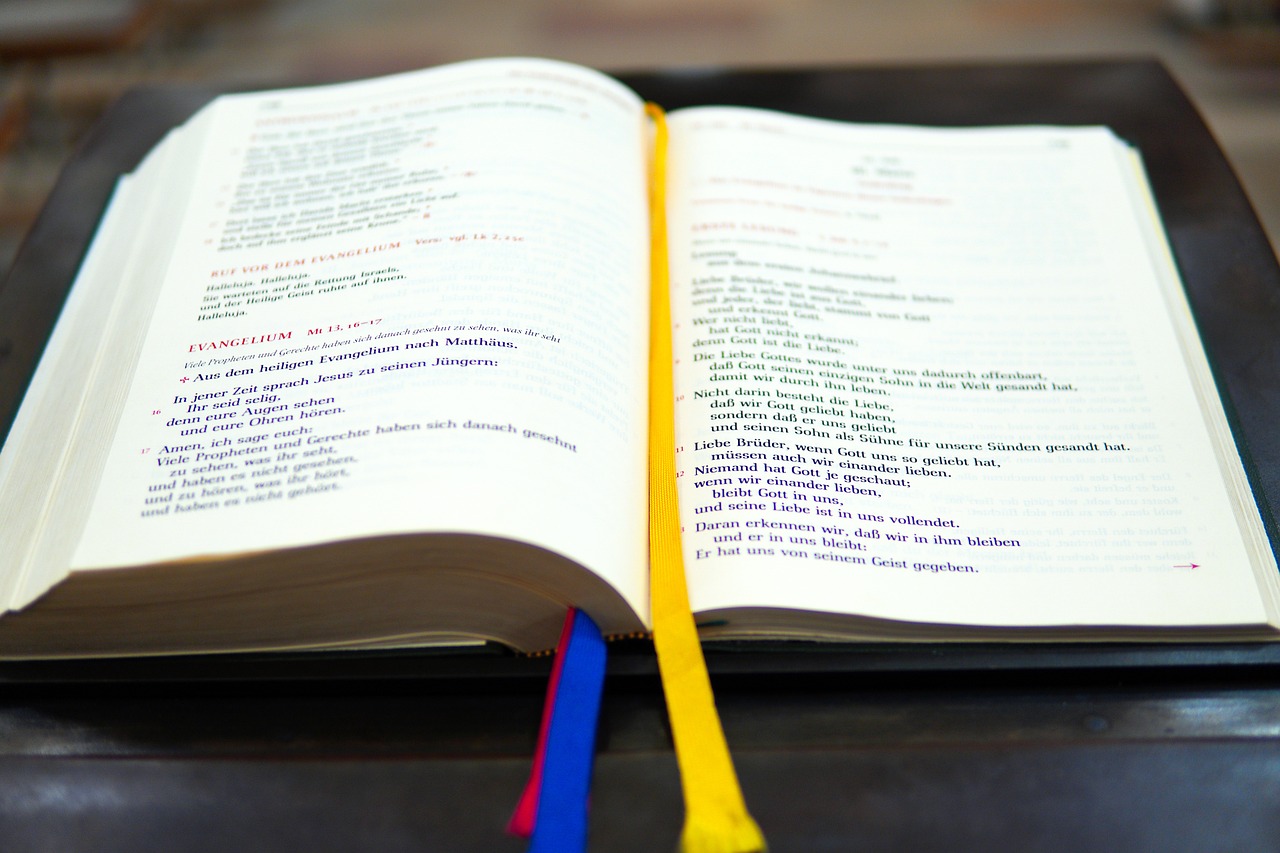Enhancing Accessibility in Assessment for Students with Disabilities: Silver exchange, Goldenexch login, Betbook247.com login
silver exchange, goldenexch login, betbook247.com login: In today’s educational landscape, it is crucial to ensure that all students have fair and equal opportunities to showcase their knowledge and skills through assessments. This includes students with disabilities, who may face additional barriers when it comes to traditional assessment methods. Enhancing accessibility in assessments for students with disabilities is not only essential for creating a level playing field but also for promoting inclusivity and diversity in our education system.
Here are some strategies that educators can implement to enhance accessibility in assessments for students with disabilities:
Providing alternative formats: Offer assessments in alternative formats such as audio recordings, large print, or electronic text to accommodate students with visual impairments or other print disabilities.
Allowing extra time: Some students may require additional time to complete assessments due to their disability. Providing extra time can help these students demonstrate their understanding without feeling rushed or stressed.
Using adaptive technology: Incorporate adaptive technology such as screen readers, speech-to-text software, or magnification tools to support students with disabilities in completing assessments.
Offering flexibility in presentation: Allow students to demonstrate their knowledge in various ways, such as through oral presentations, multimedia projects, or portfolios, to cater to different learning styles and abilities.
Ensuring physical accessibility: Ensure that assessment venues are physically accessible to students with mobility impairments, hearing impairments, or other physical disabilities.
Providing clear instructions: Write clear and concise instructions for assessments, using plain language and avoiding jargon, to make tasks easier to understand for all students, including those with cognitive disabilities.
Incorporating universal design principles: Apply universal design principles when designing assessments to make them accessible to all students, regardless of their abilities or disabilities.
By implementing these strategies, educators can create a more inclusive and accessible assessment environment for students with disabilities, allowing them to demonstrate their true potential and learning capabilities.
FAQs:
1. How can I determine if a student requires accommodations for assessments?
Educators should consult with the student’s Individualized Education Program (IEP) or 504 plan, which outlines the student’s specific needs and accommodations. It is also important to communicate with the student and their parents or guardians to understand their individual requirements.
2. Are there any legal requirements for providing accommodations in assessments for students with disabilities?
Yes, under the Individuals with Disabilities Education Act (IDEA) and Section 504 of the Rehabilitation Act, educators are required to provide appropriate accommodations and modifications to students with disabilities to ensure equal access to education and assessments.
3. What resources are available to help educators enhance accessibility in assessments for students with disabilities?
Educators can access resources such as the National Center on Accessible Educational Materials (AEM Center) and the Center for Applied Special Technology (CAST) for guidance on creating accessible assessments and incorporating universal design principles.
In conclusion, enhancing accessibility in assessments for students with disabilities is a critical aspect of creating an inclusive and equitable educational environment. By implementing strategies that accommodate diverse needs and abilities, educators can empower all students to succeed and thrive in their academic pursuits.







